I think it’s safe to say when most people think about New Zealand, they think big mountains, epic views, and hobbits. And I’ll be the first to say they’re not wrong. Far fewer probably think of birds. But birds are one of the most unique things about this corner of the world.
When we broke off Gondwana millions of years ago, New Zealand’s ecology evolved without mammals. Only birds and a couple of bats. Because they evolved without mammal predators, many lost their ability to fly, like the iconic kiwi. Any mammals you meet here are introduced, and most are considered pests. The worst are Australian possums, stoats, weasels, feral cats, rats, mice, and even dogs.
In fact, it’s estimated that about 25 million native birds are killed by mammals here every year, putting many at risk of extinction.
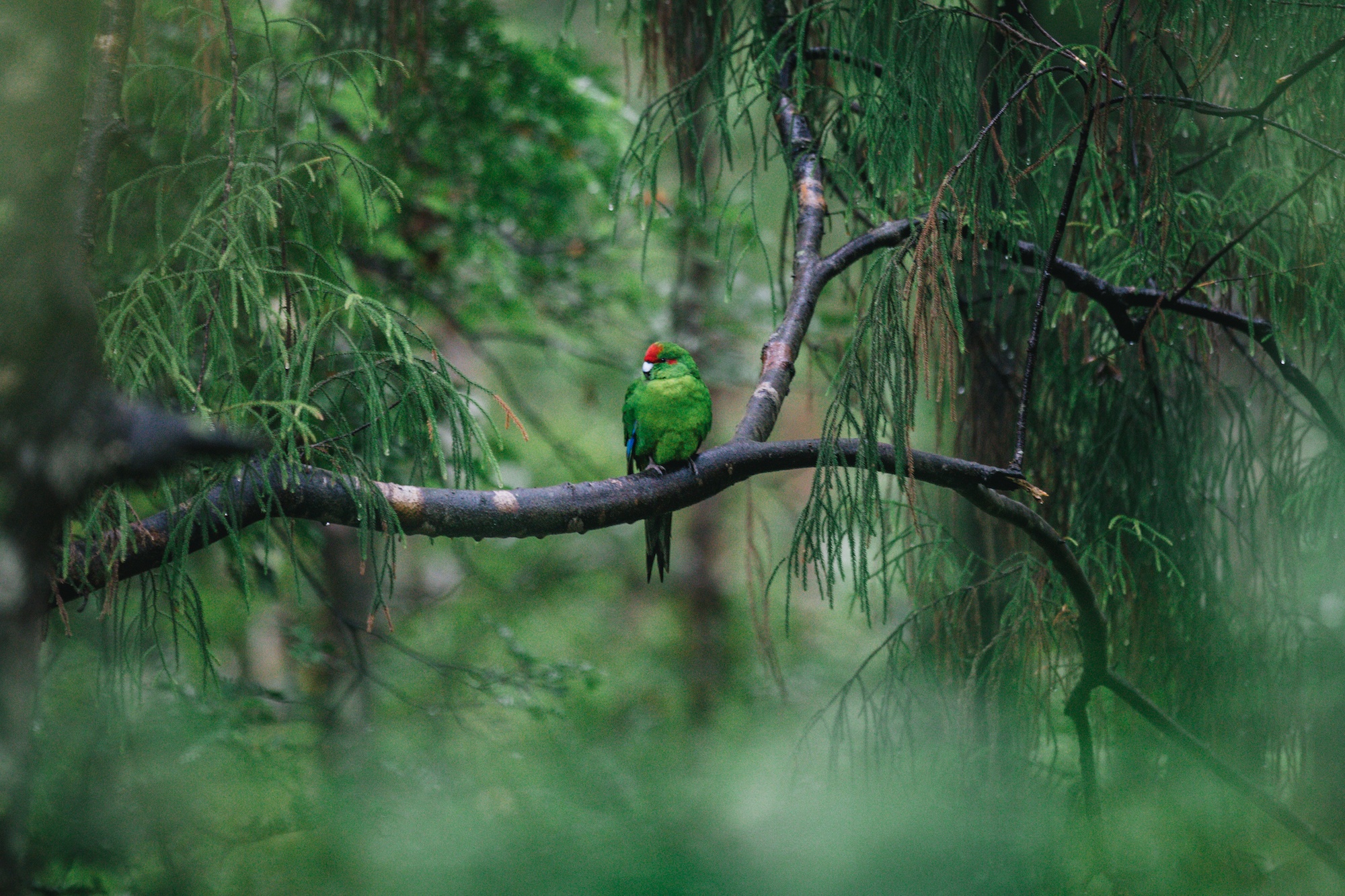
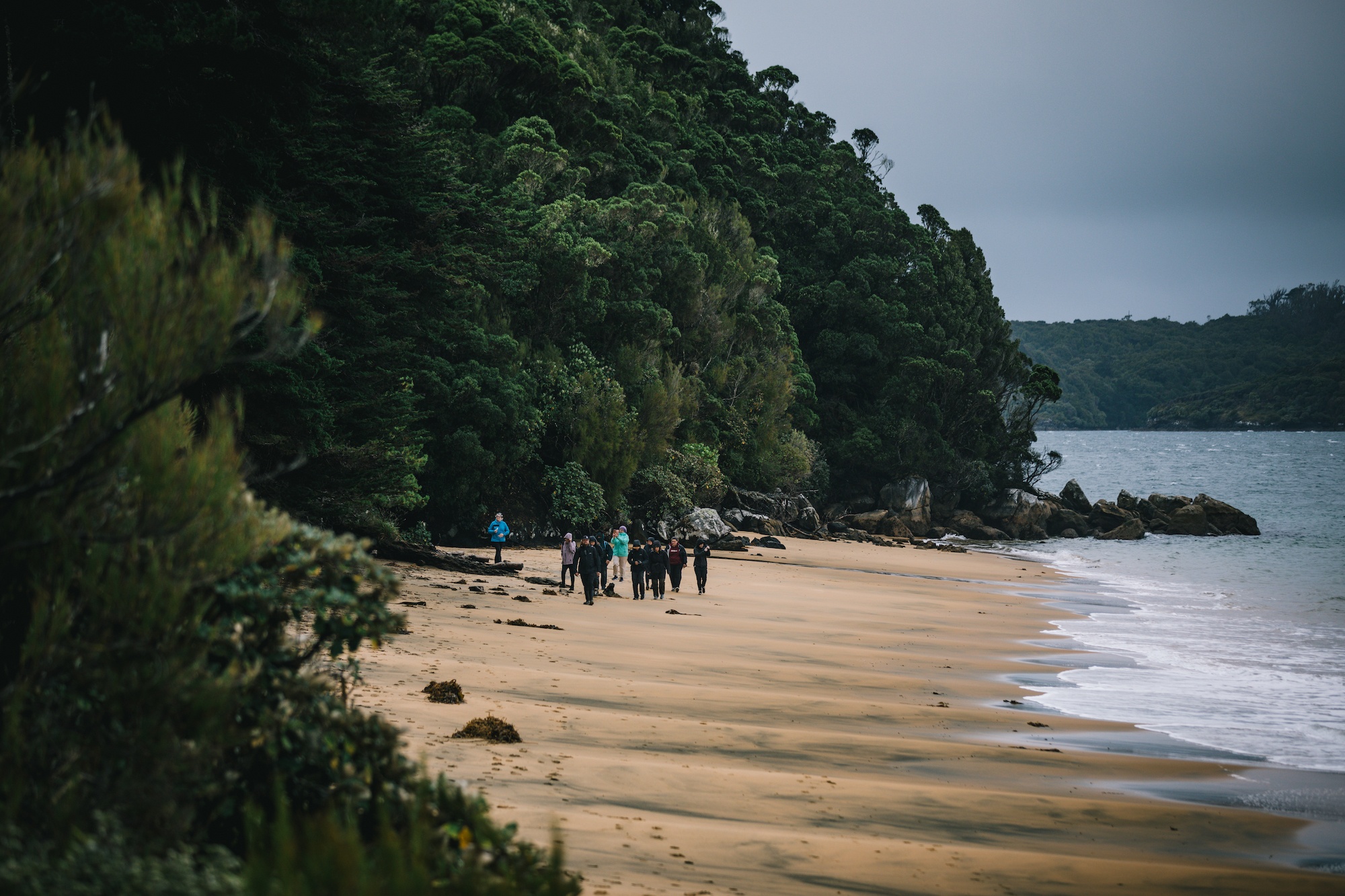
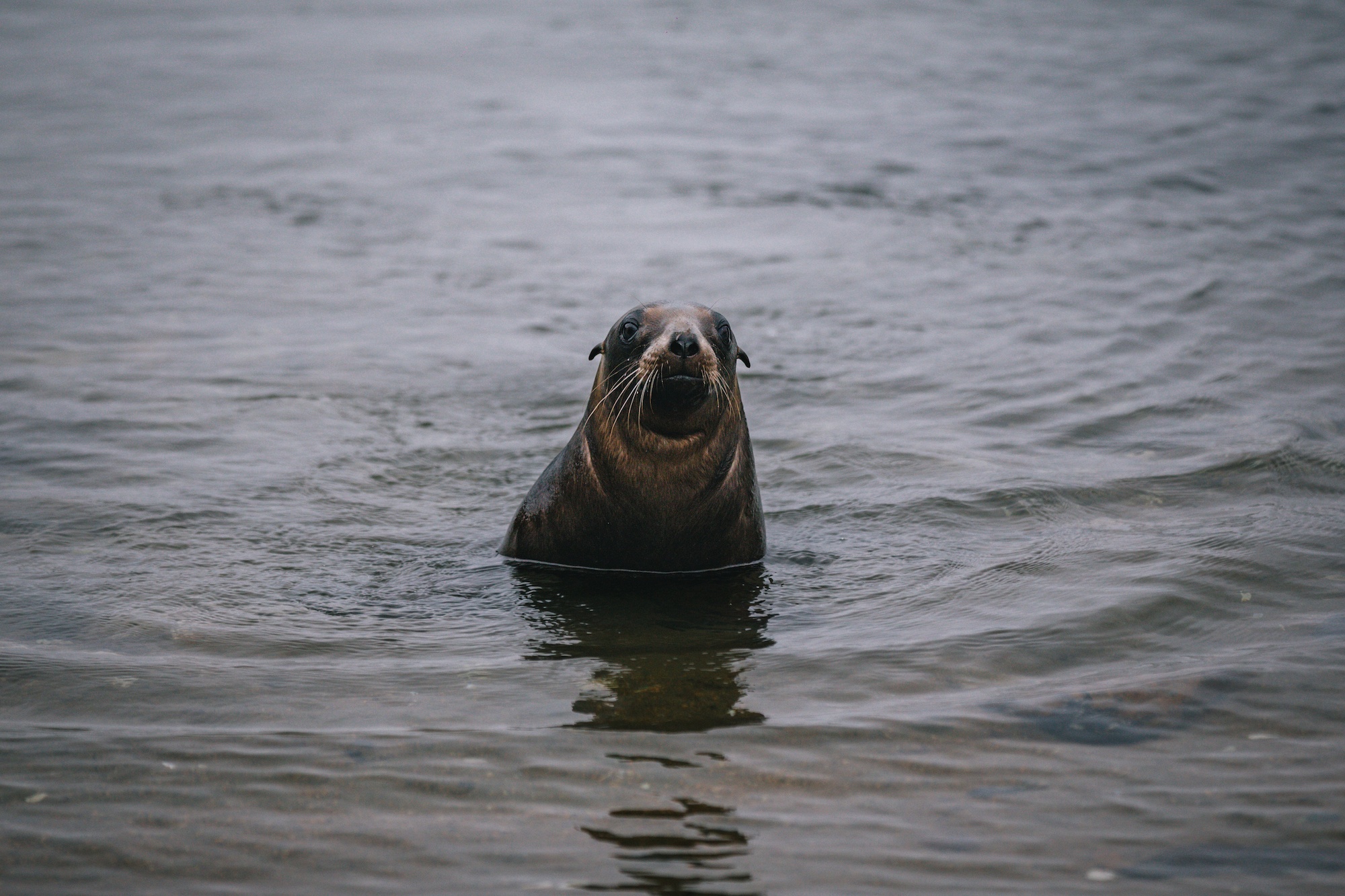
But because it’s a small island (combined with other factors) New Zealand is fighting back against predators. And it makes a real difference. So much hard work is going into protecting this ecological paradise. And the wildlife we do have is unlike anywhere else in the world.
That’s why I always say that, yes, the views are great, and the adventures are unforgettable. But try to look past that and soak in just how ecologically special we have it here.
If you hear a sharp whistle on a mountain river, it could be the call of the whio/blue duck; there are only about 3,000 left and they are in decline. At dawn, the pitter-patter on the metal mountain hut roof might be a curious kea, the world’s only alpine parrot. The heavy woosh-woosh you might hear in the forest could be a fat kererū/wood pigeon taking flight.
This is what makes New Zealand truly extraordinary in my eyes. And it’s a good reminder to protect what we have left.
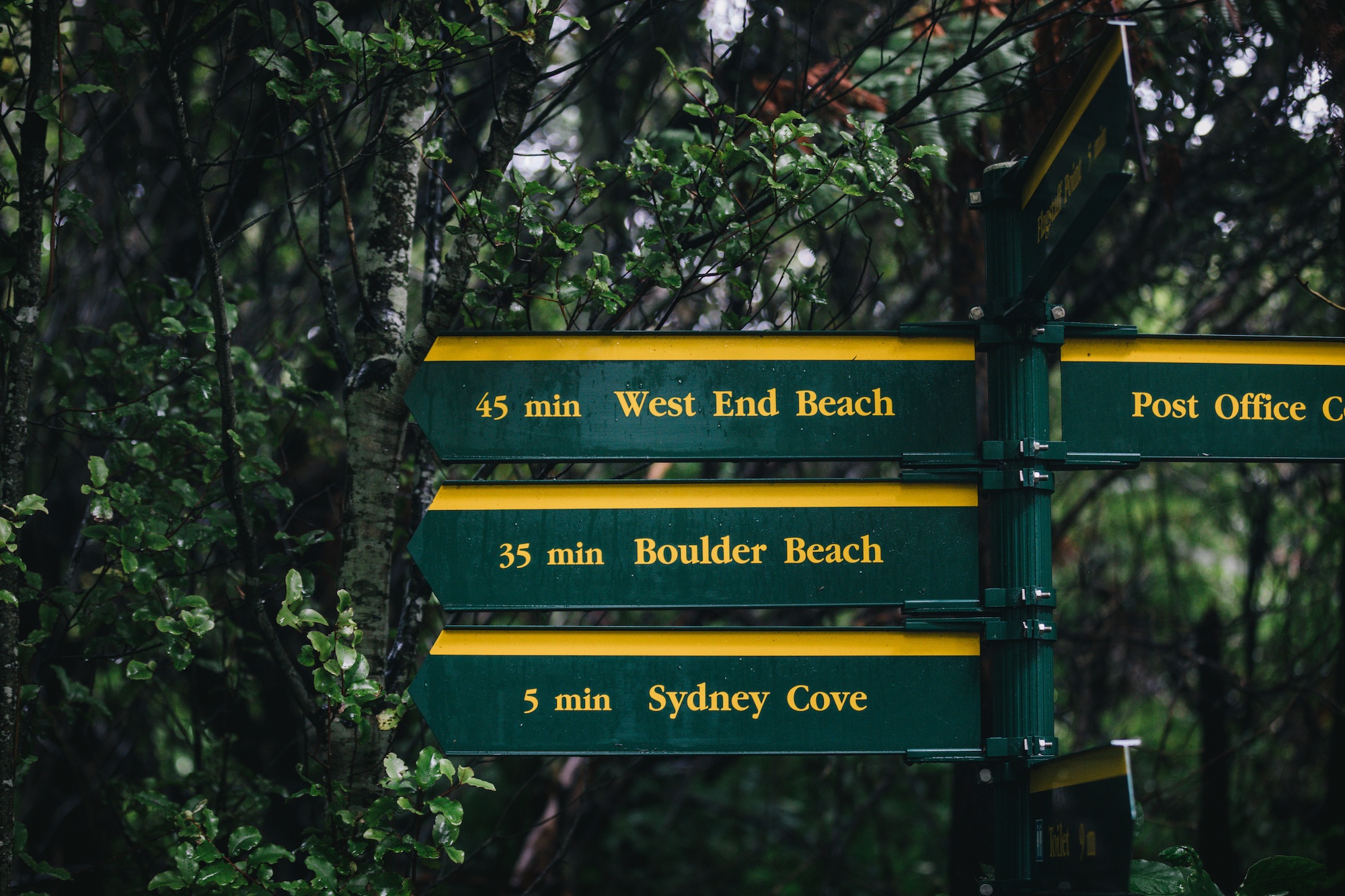
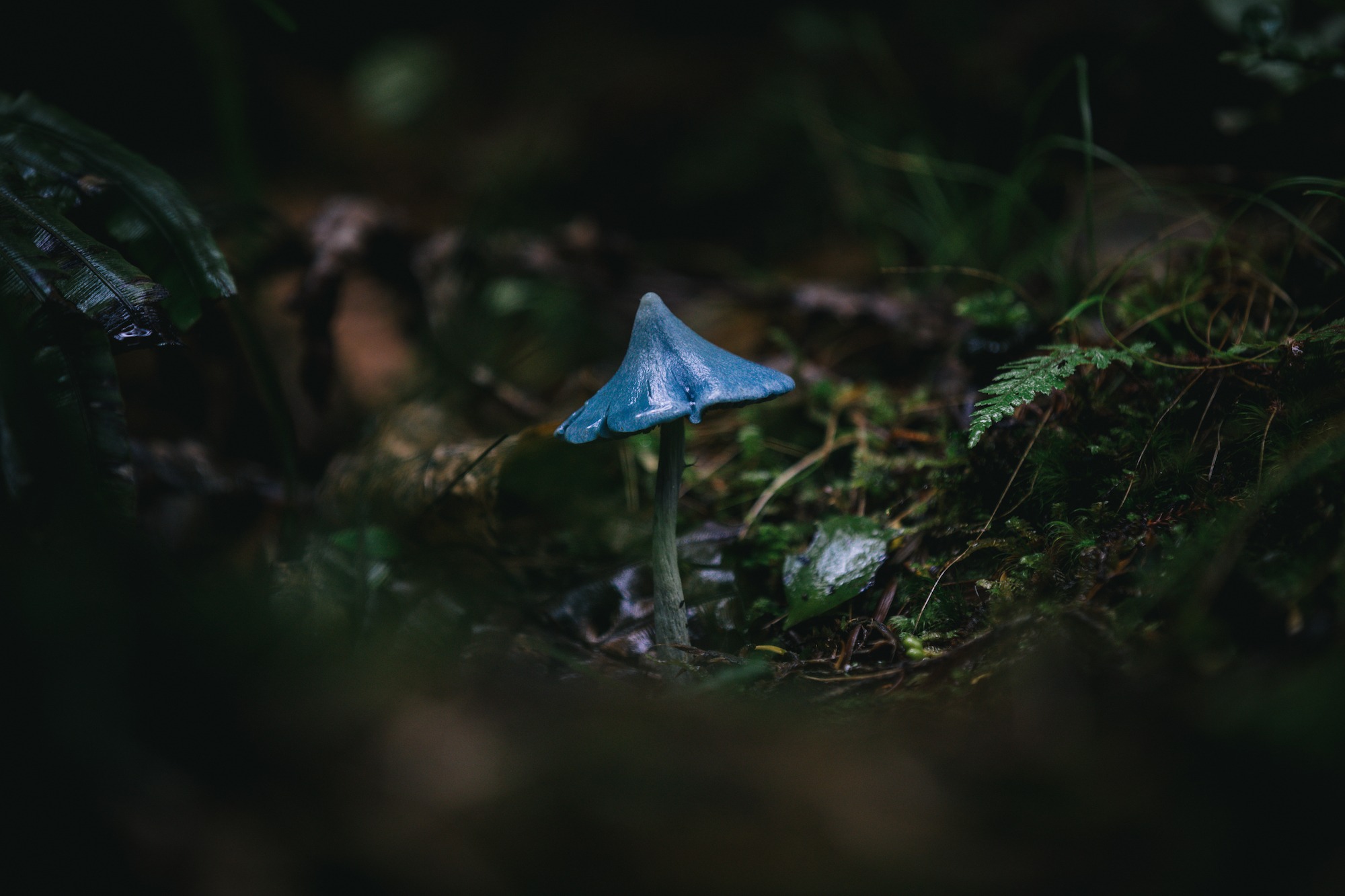
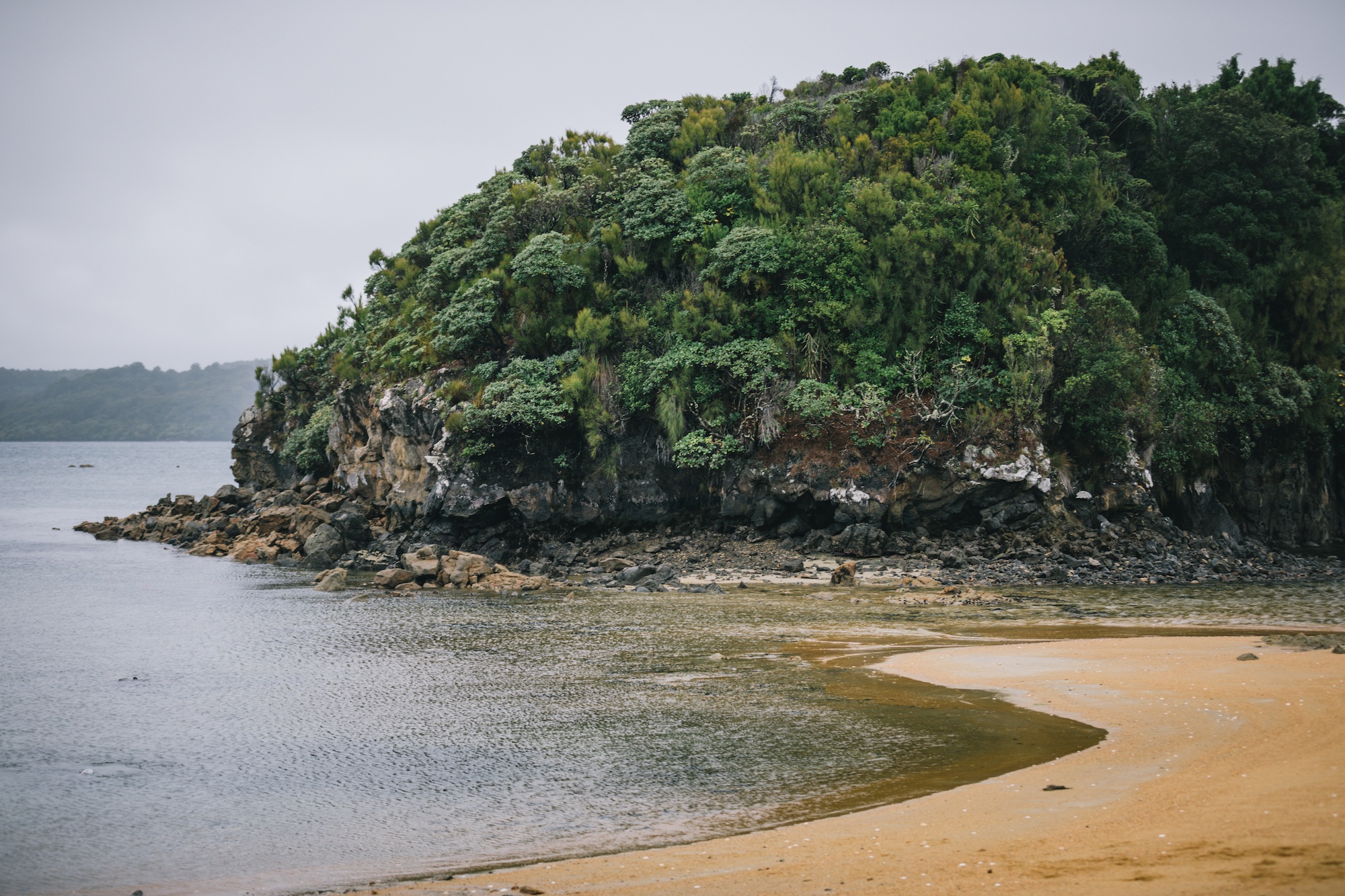
There is nowhere better to soak in the untouched native bush and wild calls of rare birds than on Rakiura/Stewart Island.
Just an hour’s ferry ride across from Bluff, New Zealand’s third island is one of my favorite places in the entire world. In fact, I feel like I might end up living there one day, just me and the birds. Even though Rakiura is the place where I had the worst experience of my life – finding 150 beaching pilot whales – it’s gotten under my skin, and now whenever I visit, I don’t want to leave.
While there are many factors that contribute to this, I would say the biggest one has to be the impressive native bush and wildlife. 85% of the island is national park. And only about 400 people live there along with a shit-ton of birds. Sounds like heaven to me!
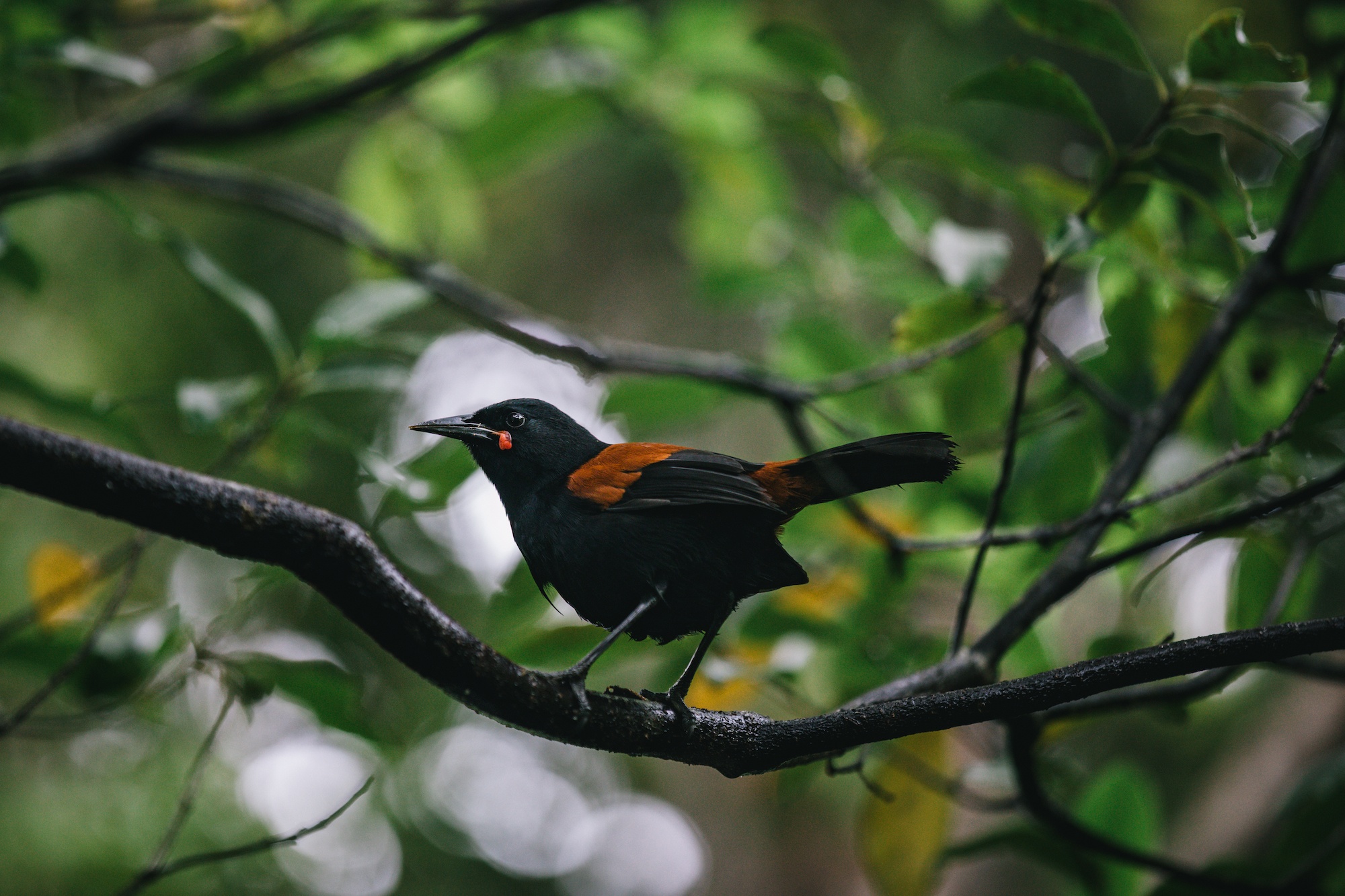
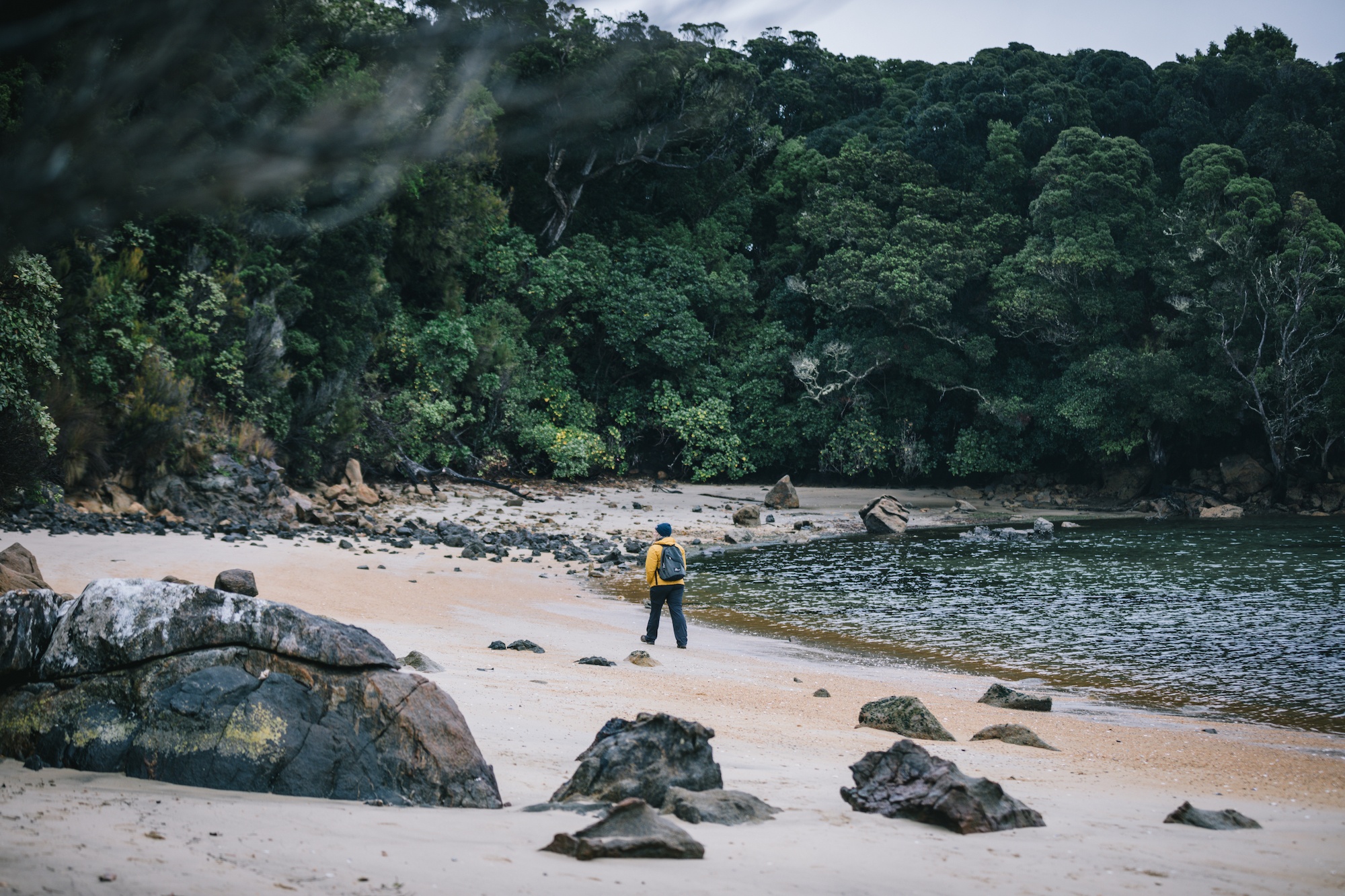
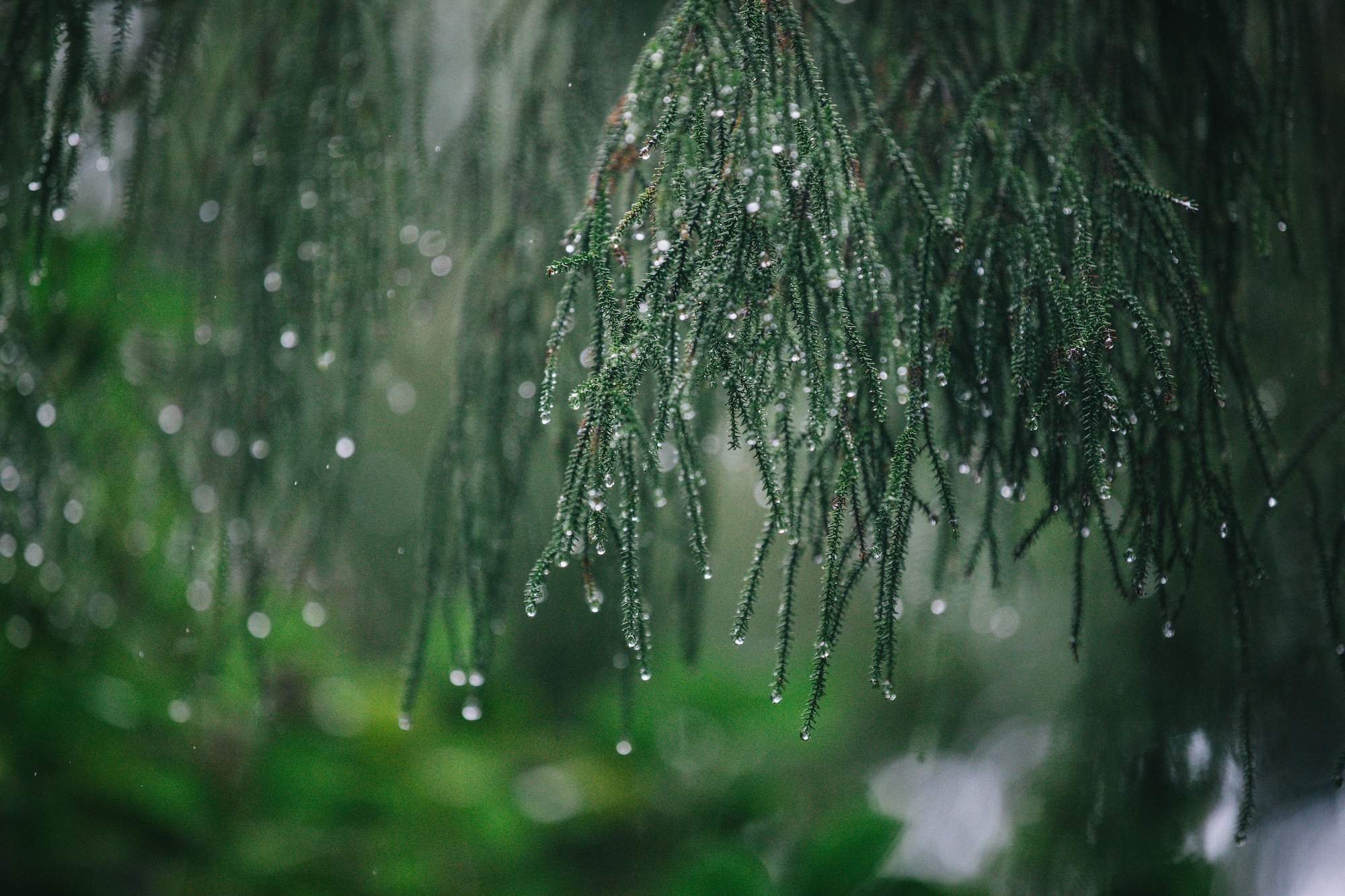
Stewart Island hasn’t been as ravaged by introduced predators as mainland New Zealand.
In fact, it’s free of mustelids (stoats & weasels); these guys are public enemy #1 here. They are murder machines, killing heaps and heaps of birds all the while reproducing like rabbits. They’re notoriously sneaky and hard to catch. Stoats can swim, and they’re opportunistic killers like cats – they don’t even eat all the birds they kill.
Combined with some incredible conservation initiatives like Predator Free Rakiura, Stewart Island is the place to go for wildlife and birdwatching. And there’s no where better on Stewart Island for this, than on Ulva Island/Te Wharawhara, a predator-free open island sanctuary in Paterson Inlet.
A tiny island off of a bigger island, which is of two very big islands.f Love it.
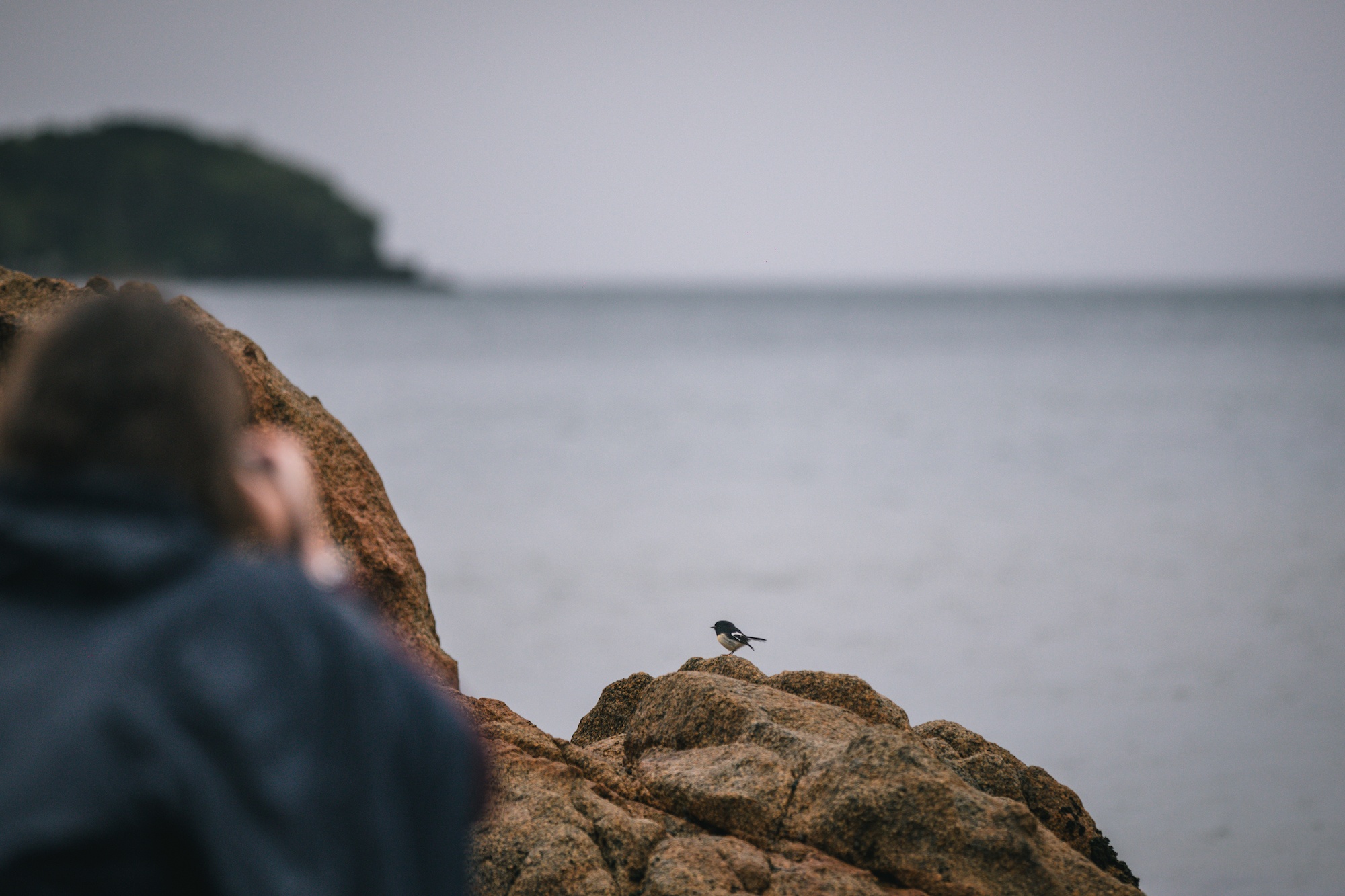
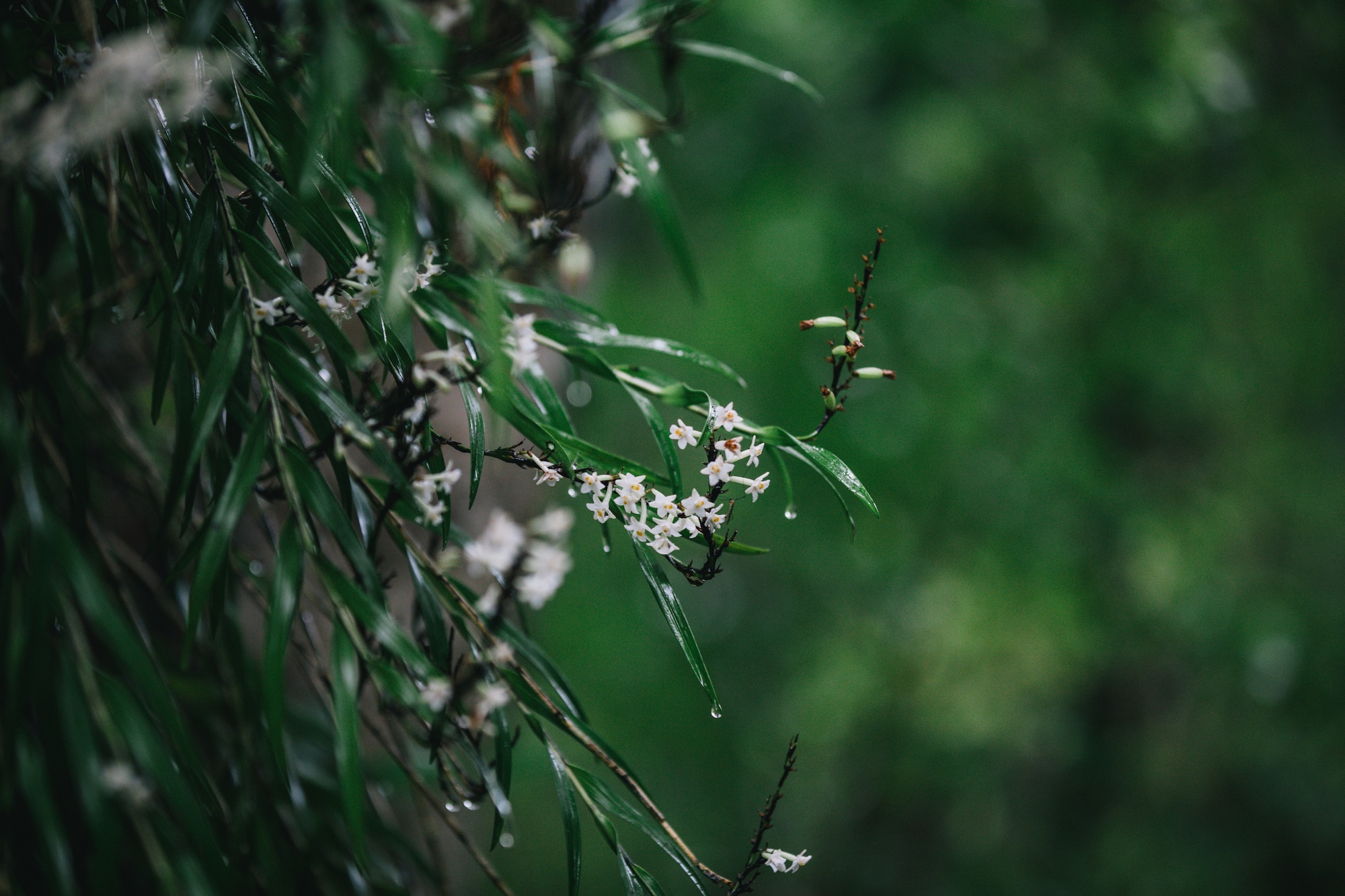
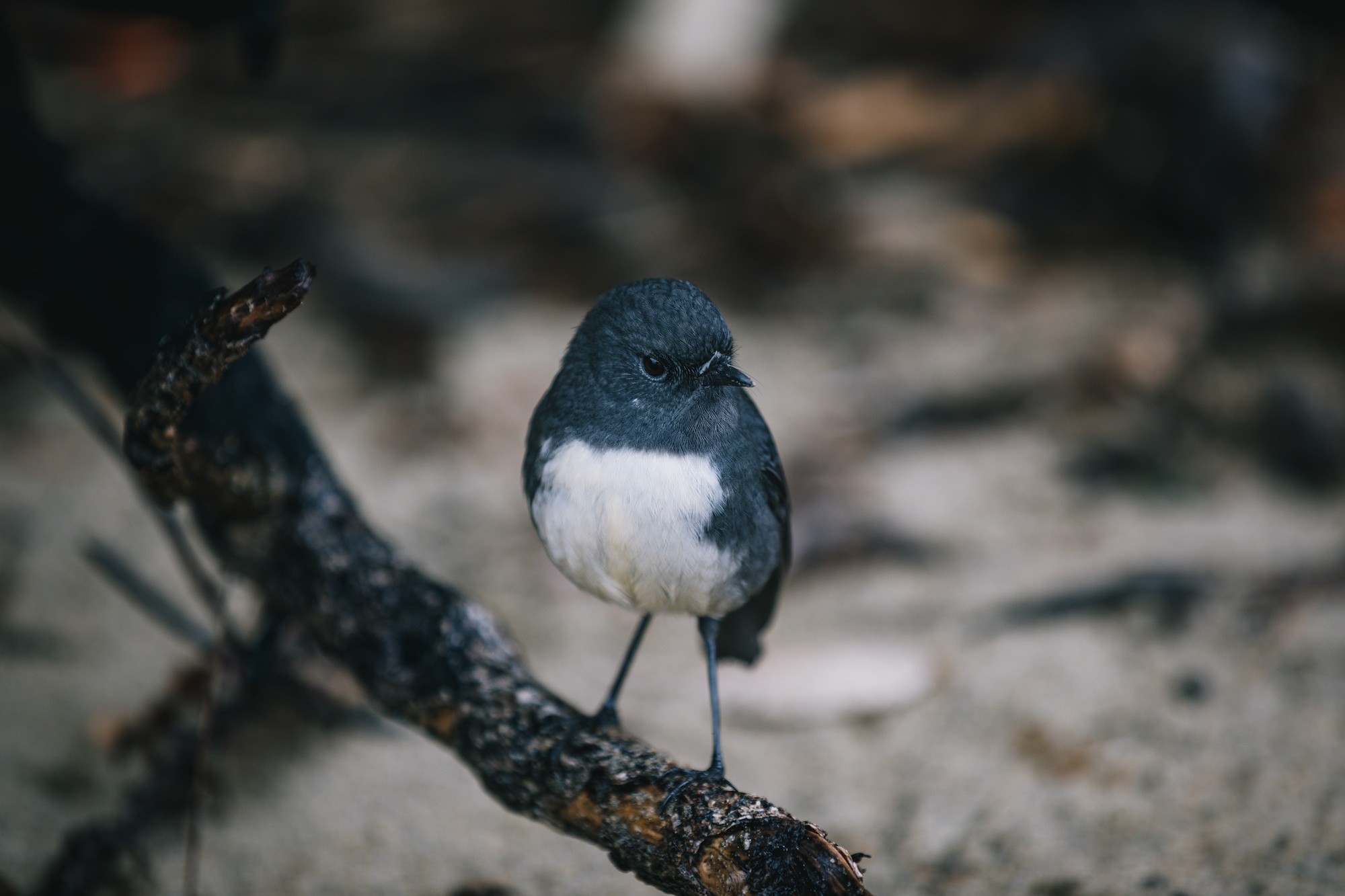
I’ve been lucky enough to visit Ulva Island three or four times over the past couple of years. And I can’t wait to go back.
Ulva Island is a predator-free open island sanctuary, one of the few pest-free sanctuaries in New Zealand, and one of the only ones open to the public. Smaller offshore islands are the best places to try to save birds because they’re easier to clear of pests, allowing the native birds to thrive.
Ulva Island is pretty incredible. If you only do one thing on Stewart Island, come out here. If you’re limited on time and don’t consider yourself an insane birder like me, hop on an Ulva Island guided tour with RealNZ. You’ll see so much more than you would on your own and learn a lot.
Many of our rarest birds call Ulva Island home, like the tieke/saddleback, mohua, Stewart Island robin, kakariki, and plenty of kiwi.
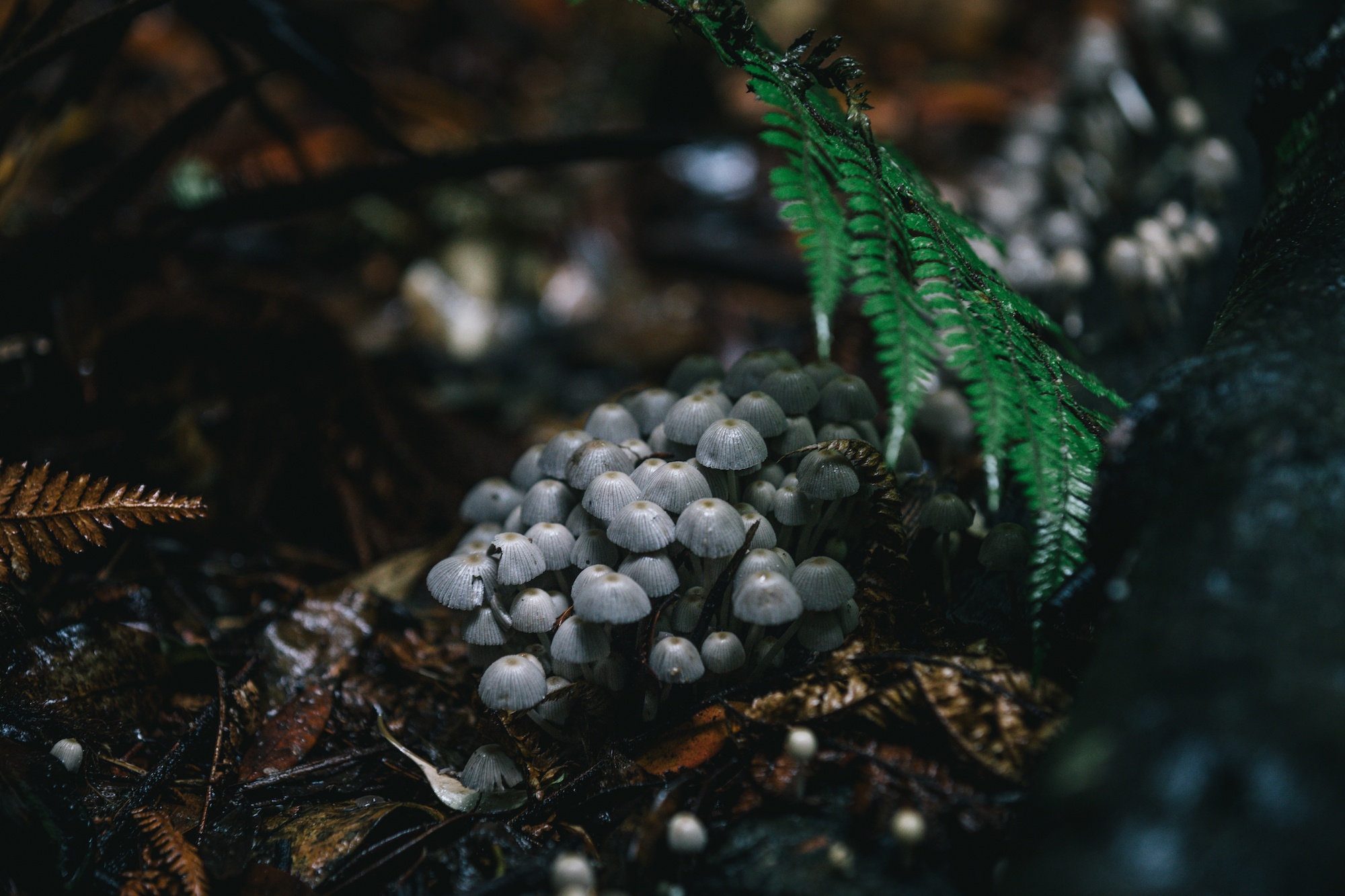
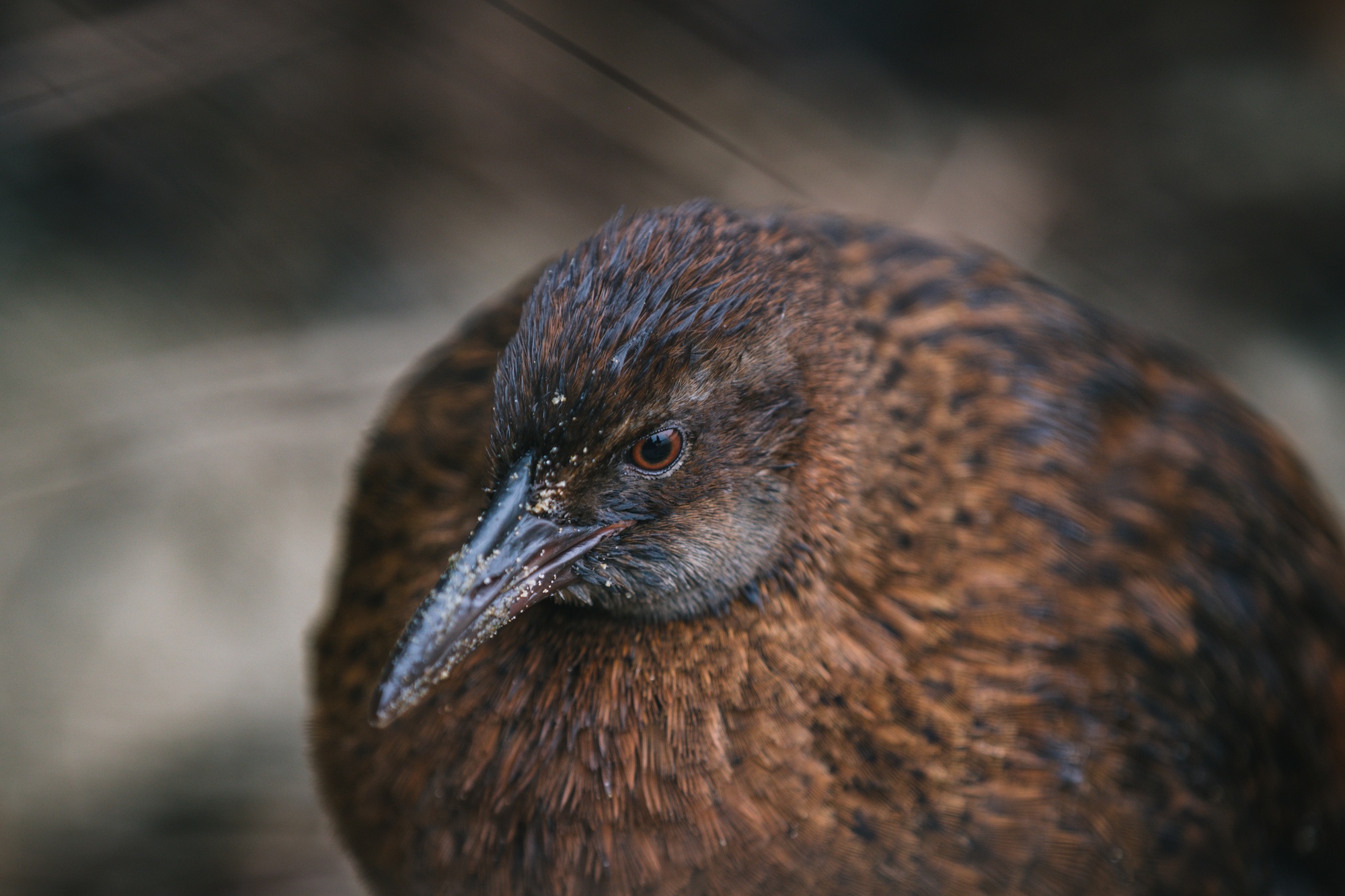
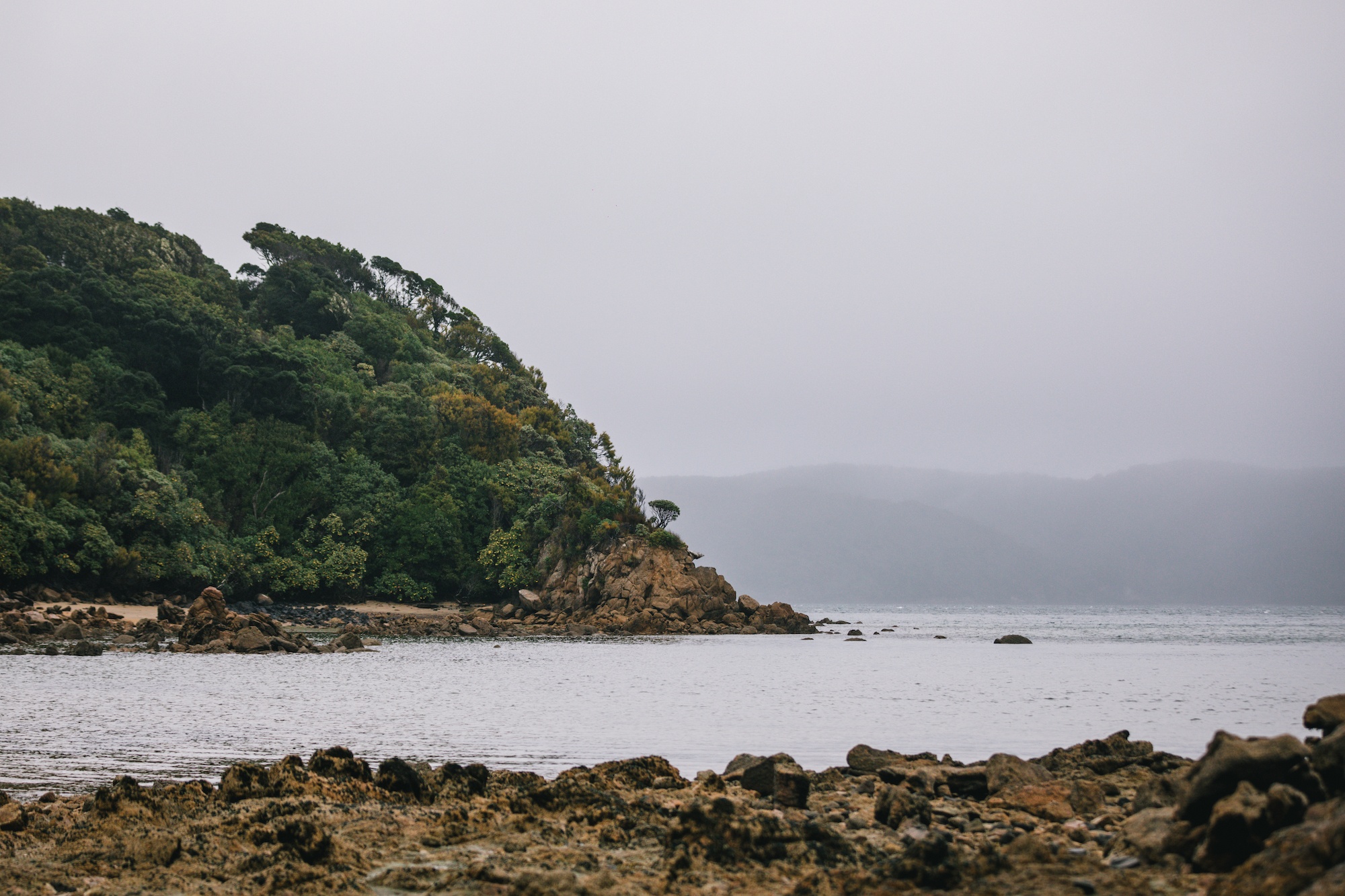
Ulva Island is also unique because it was never milled for timber, unlike other places on Stewart Island. Here you can see mature native trees and stunning foliage; it gives you a taste of what New Zealand used to look like before us humans came along.
Predator-free since 1997, minus the occasional rat incursion, Ulva Island is one of the best places to go birdwatching among pristine native bush. With beautiful white sand beaches, on a sunny day, it’s easy to forget you’re at the bottom of the world – next stop Antarctica.
Because it’s so close to mainland Rakiura, rats can still swim over and reproduce quickly. In fact, while we were wandering around, we found a pile of neon green feathers, what was left of a kakariki (red-fronted parakeet). Maybe a native bird like a karearea/falcon predated it, or it was a rat. A grim reminder that what we have here is fragile.
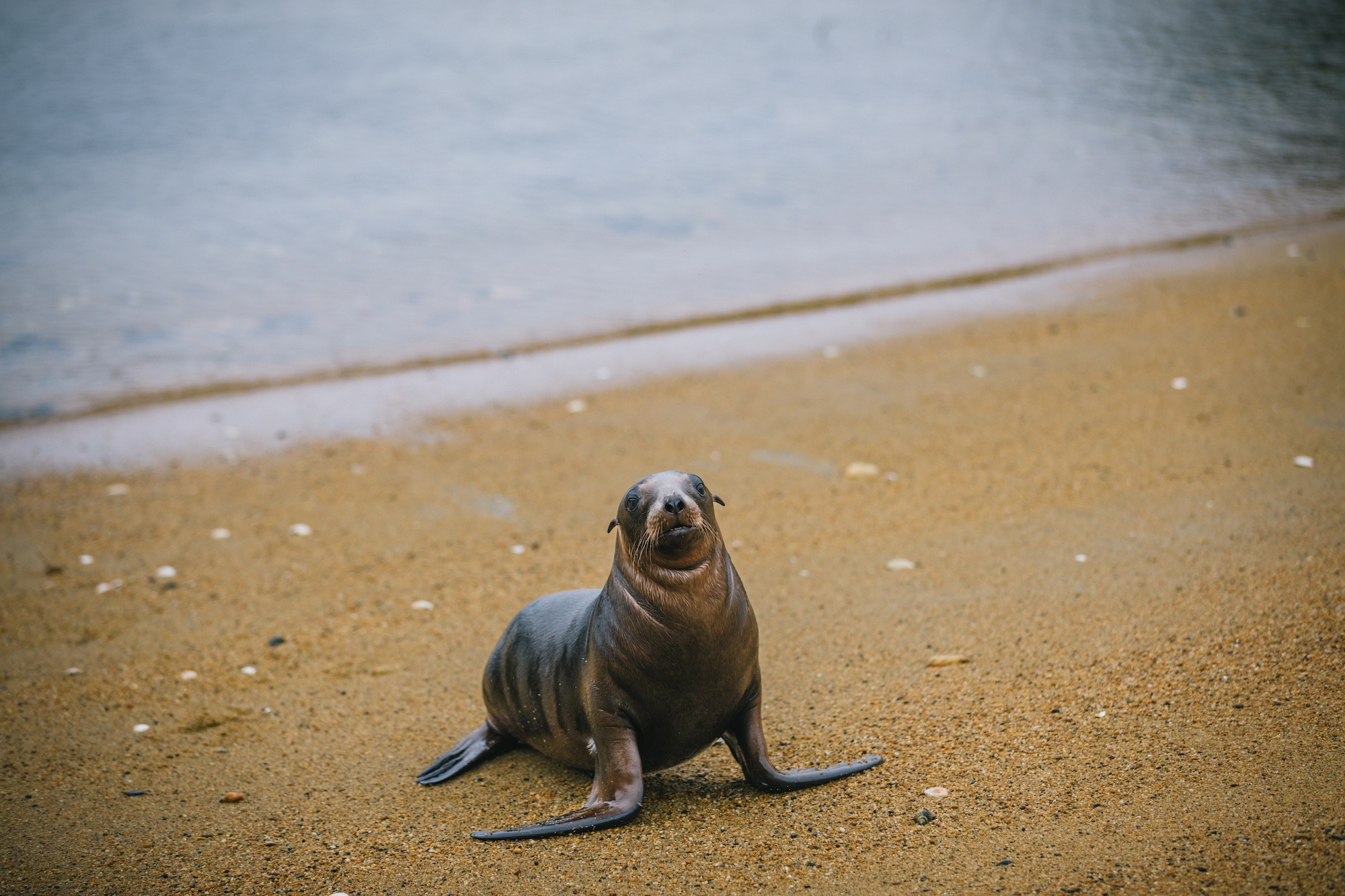
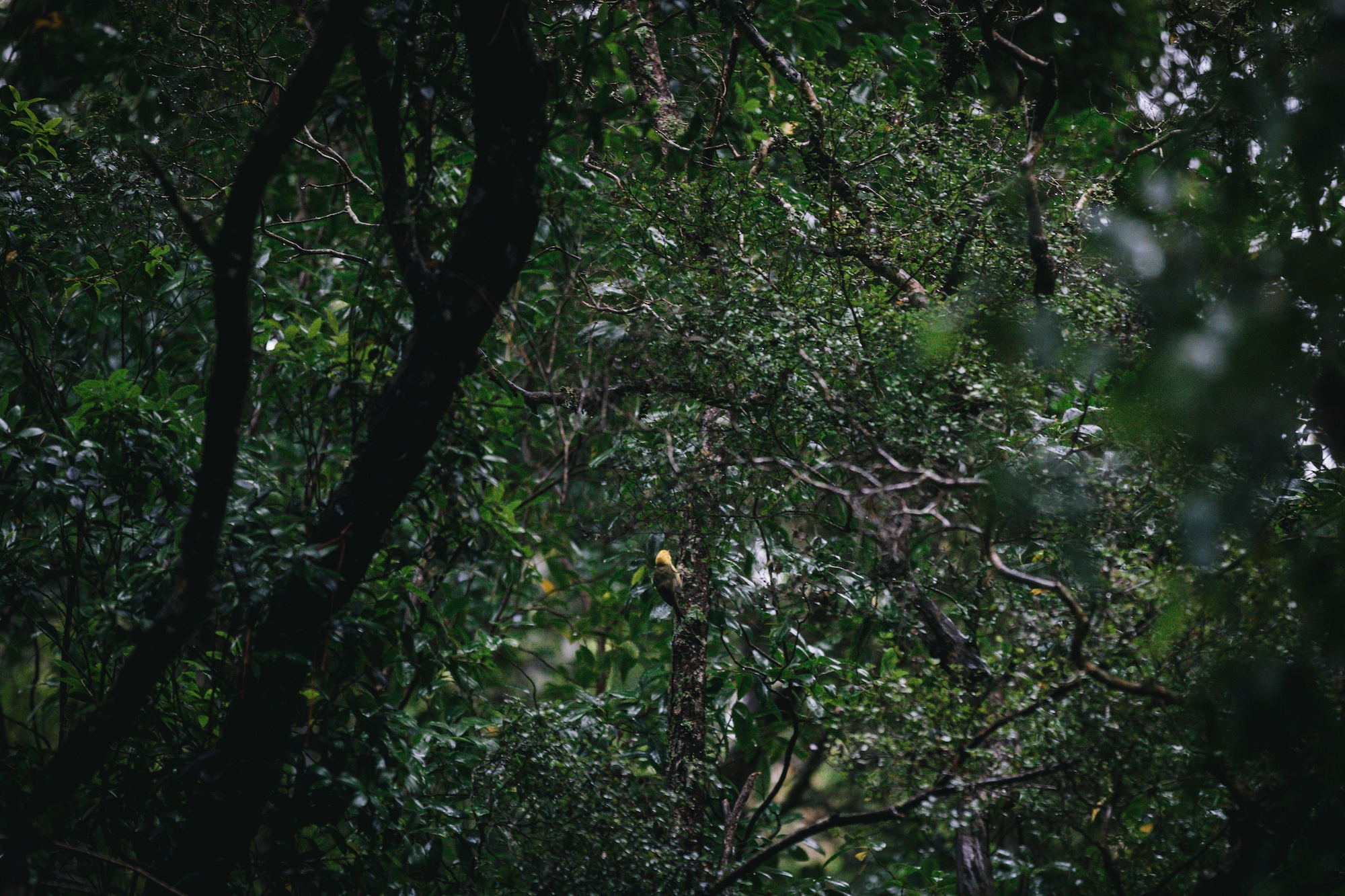
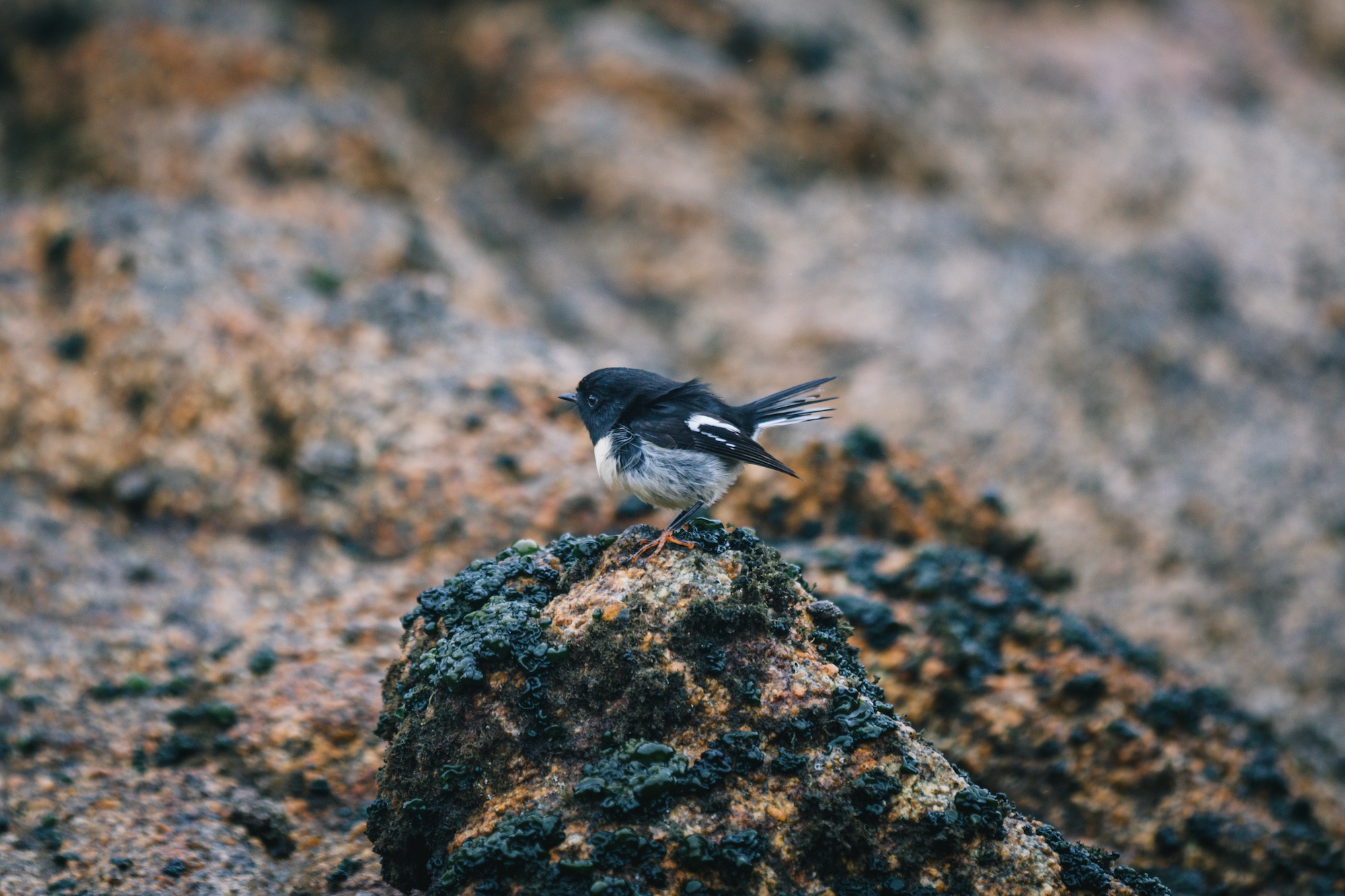
On my last trip to Ulva Island, it was raining on and off on a calm autumn day. While the rain makes it harder to hear rustling in the rainforest heralding birds, it did create an ethereal, otherworldly vibe.
As we were heading into autumn, it meant that mushroom season was in full swing. A new hobby of mine this year has been mushroom, partially inspired by my friend Liv who just wrote an amazing book: Fungi of Aotearoa: A Curious Forager’s Field Guide. There were plenty of beautiful electric blue Entoloma hochstetteri mushrooms, aka werewere-kōkako, native to New Zealand.
But perhaps the best part was popping out at one of the coves only to have a baby sea lion try to chase us off his beach. I’ve spent a lot of time around seals and sea lions on my travels, and often the babies are bluffing, doing little dummy charges. This guy was no exception.
Perched on the steps, we snacked and watched him eyeing us suspiciously from the water. Curious little wekas tried to steal our lunch. Wildlife mecca, for sure.
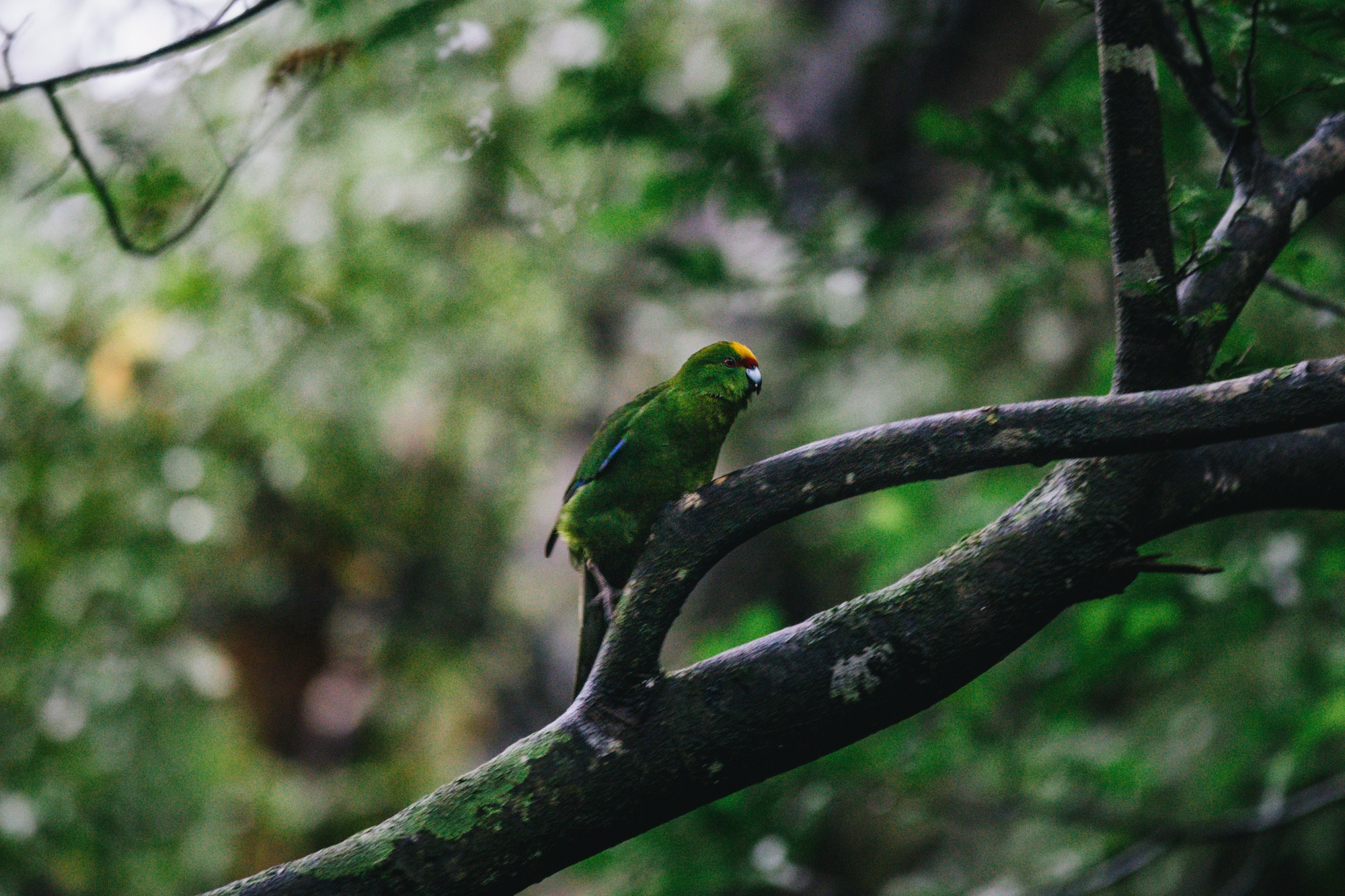
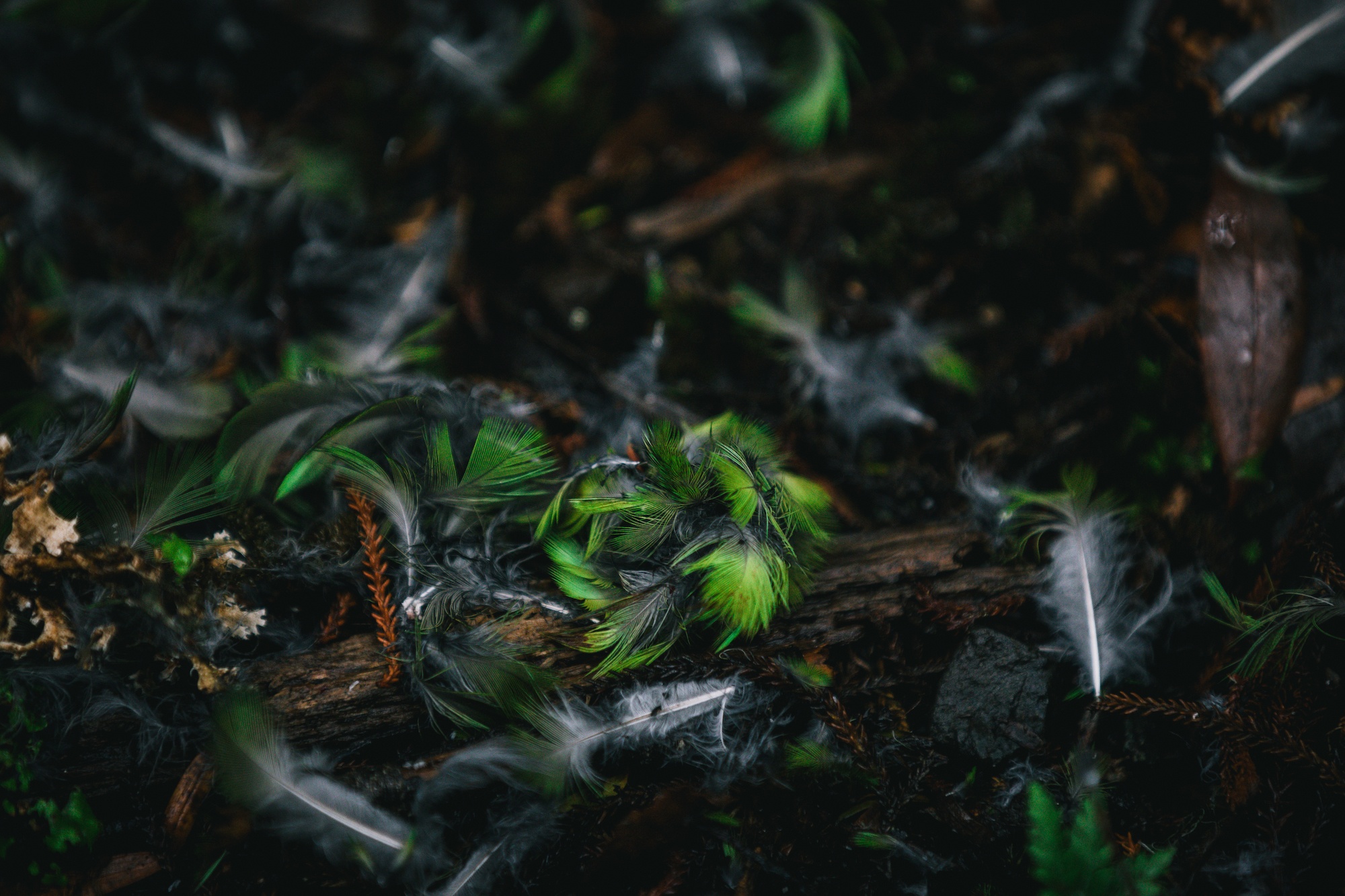
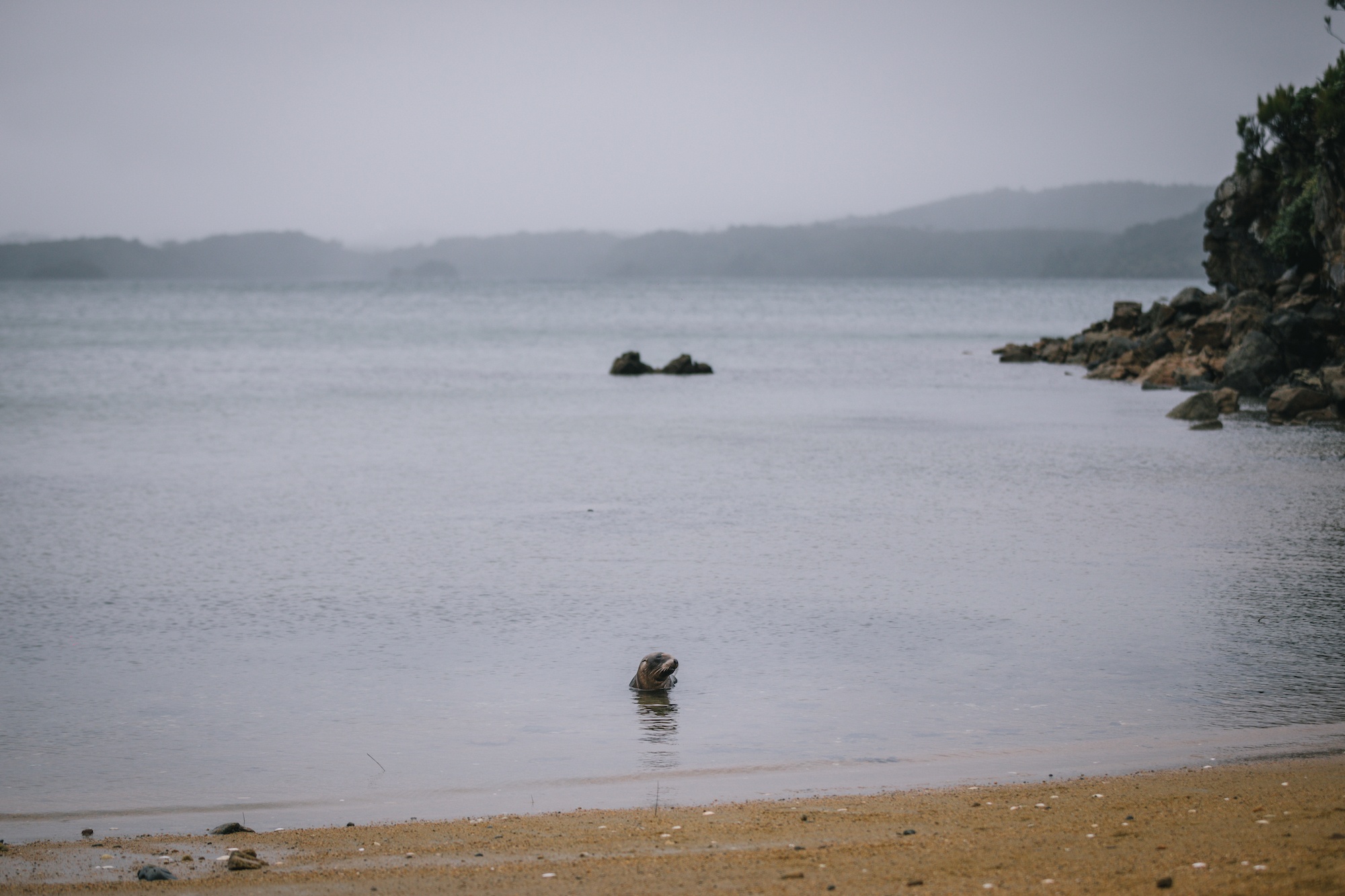
You can walk all the tracks around Ulva Island in a couple of hours. Just remember, if you walk quickly, you’ll miss out on a lot. Rambling, pausing, and listening is the best way to experience the wildlife here. We saw just about everything minus kiwi (nocturnal), which was amazing.
Ulva Island is the kind of place that reminds us to slow down. Here you can breathe in the damn earthy smells, and listen for the haunting calls of nearly extinct birds. It gives us a rare glimpse into what New Zealand used to look like and what it could look like again one day.
This remote wilderness will get under your skin and stay a while.
Have you been to Ulva Island? Is this a place you could see yourself visiting? Share!
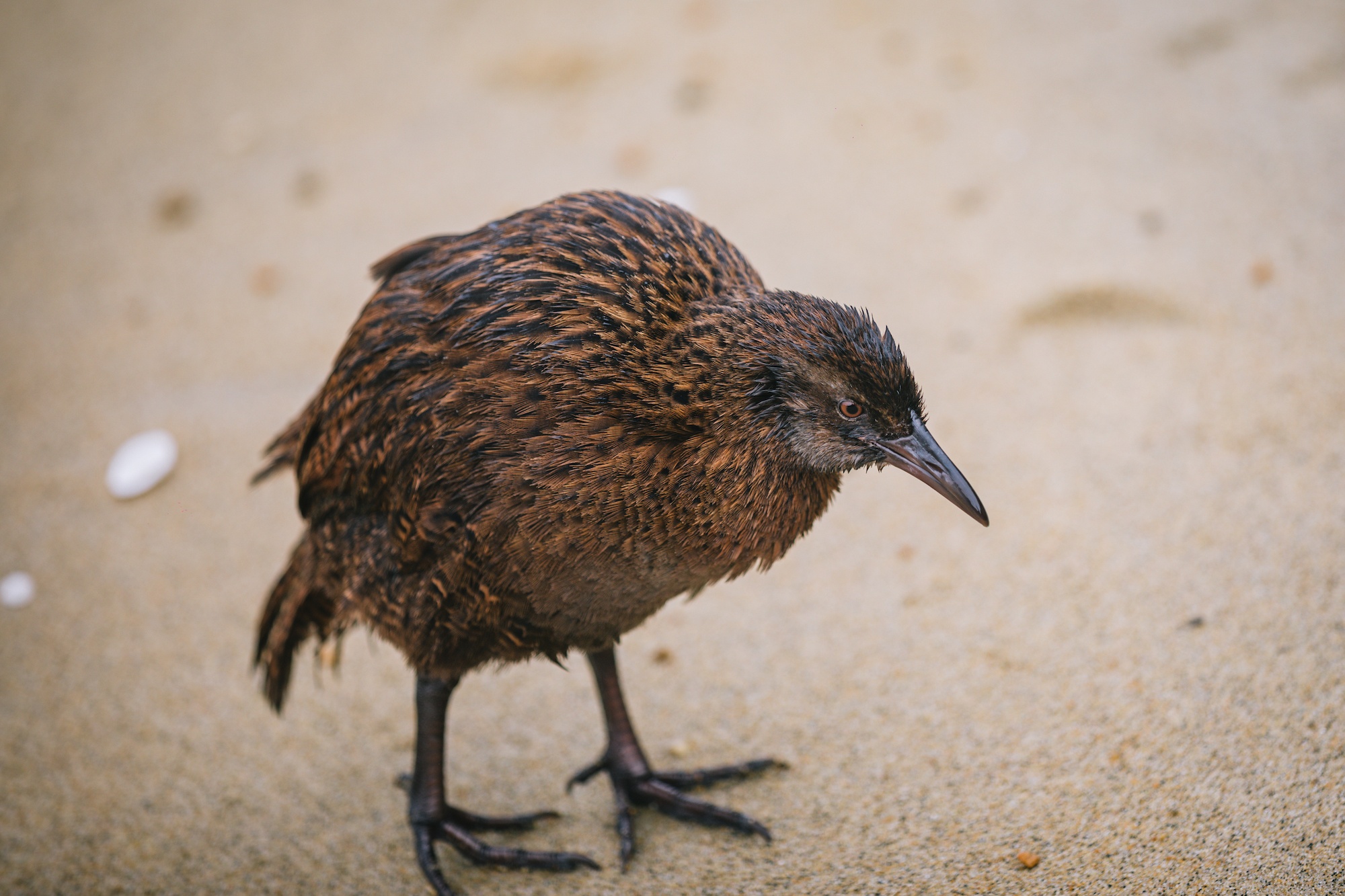
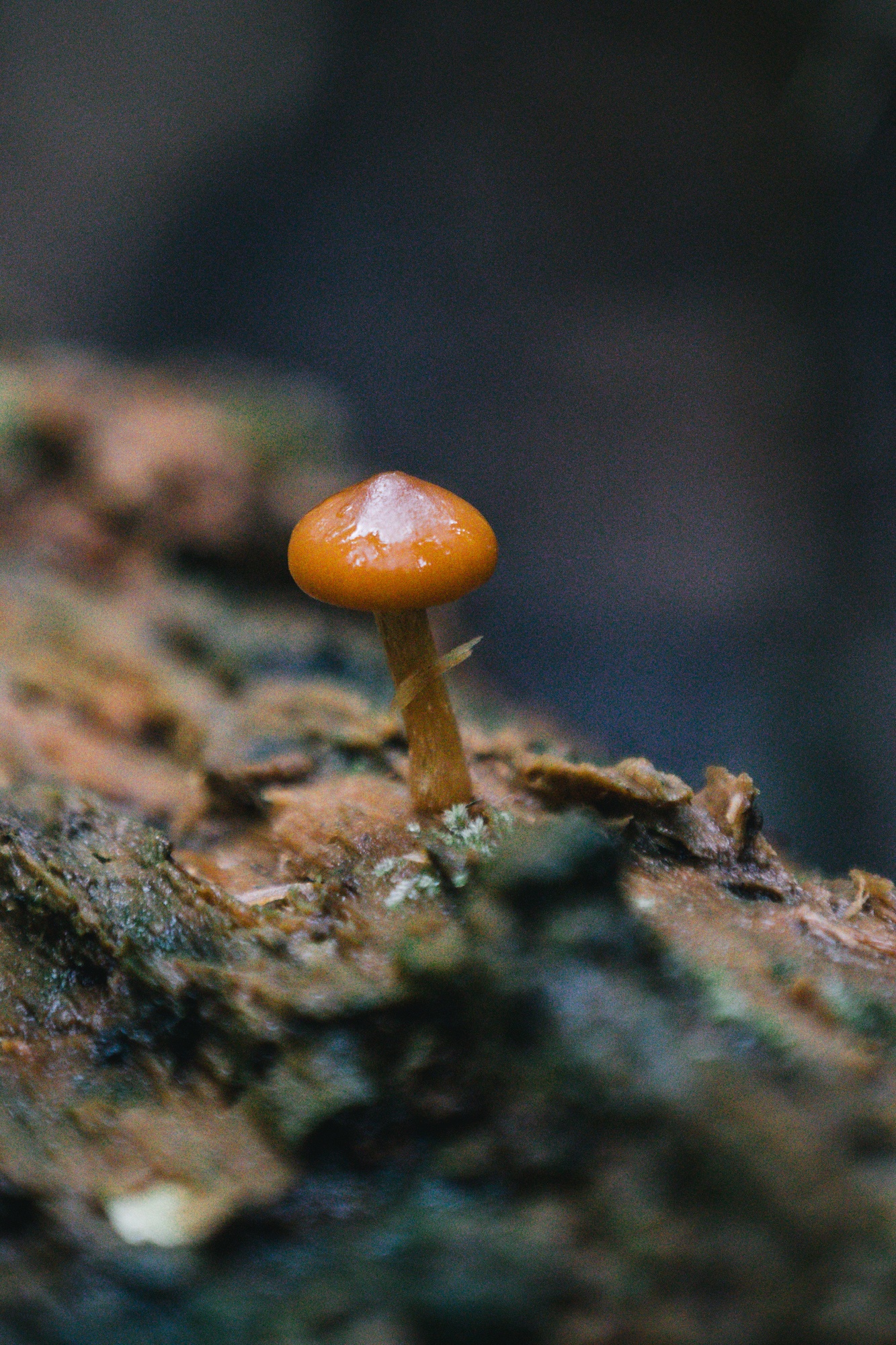
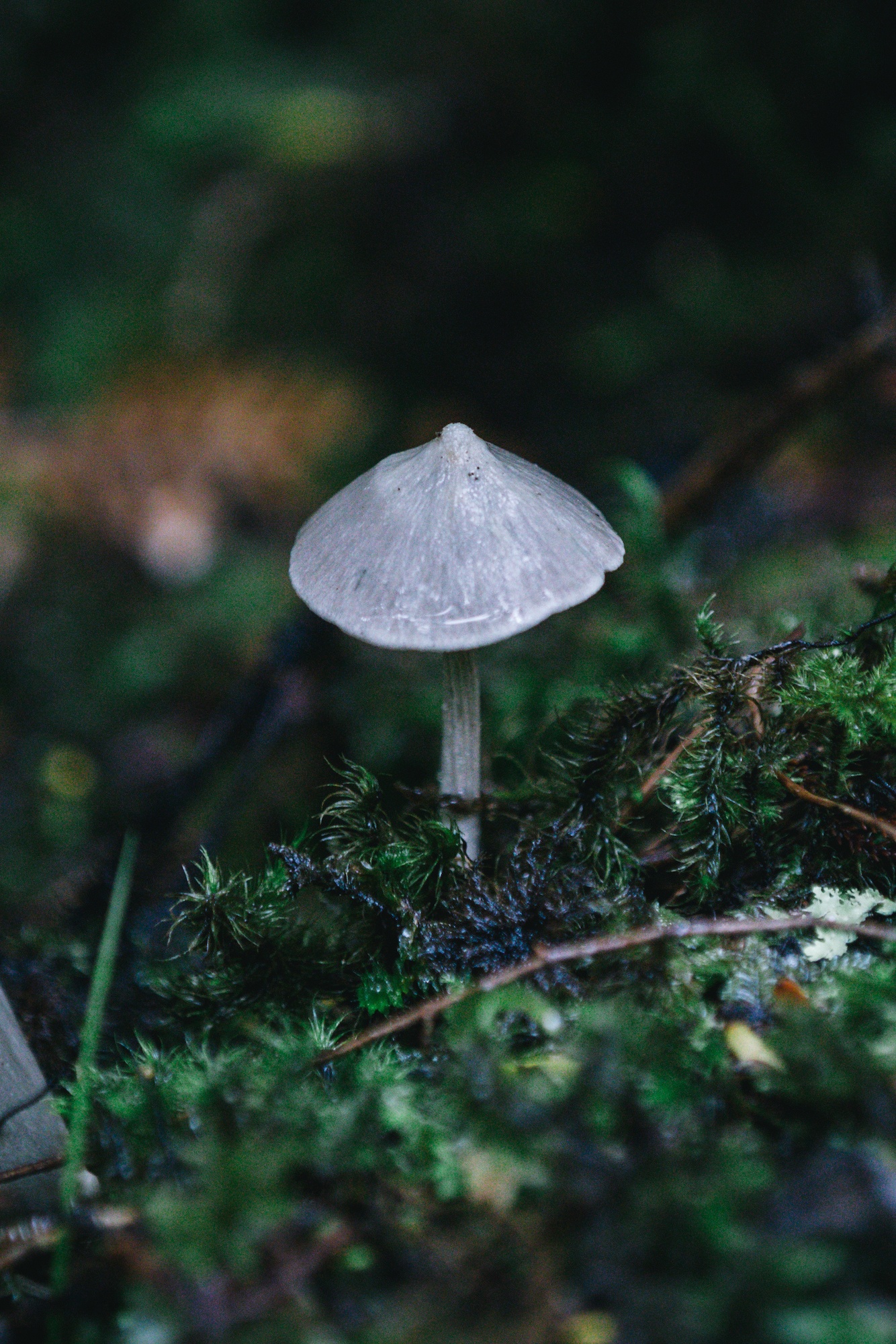
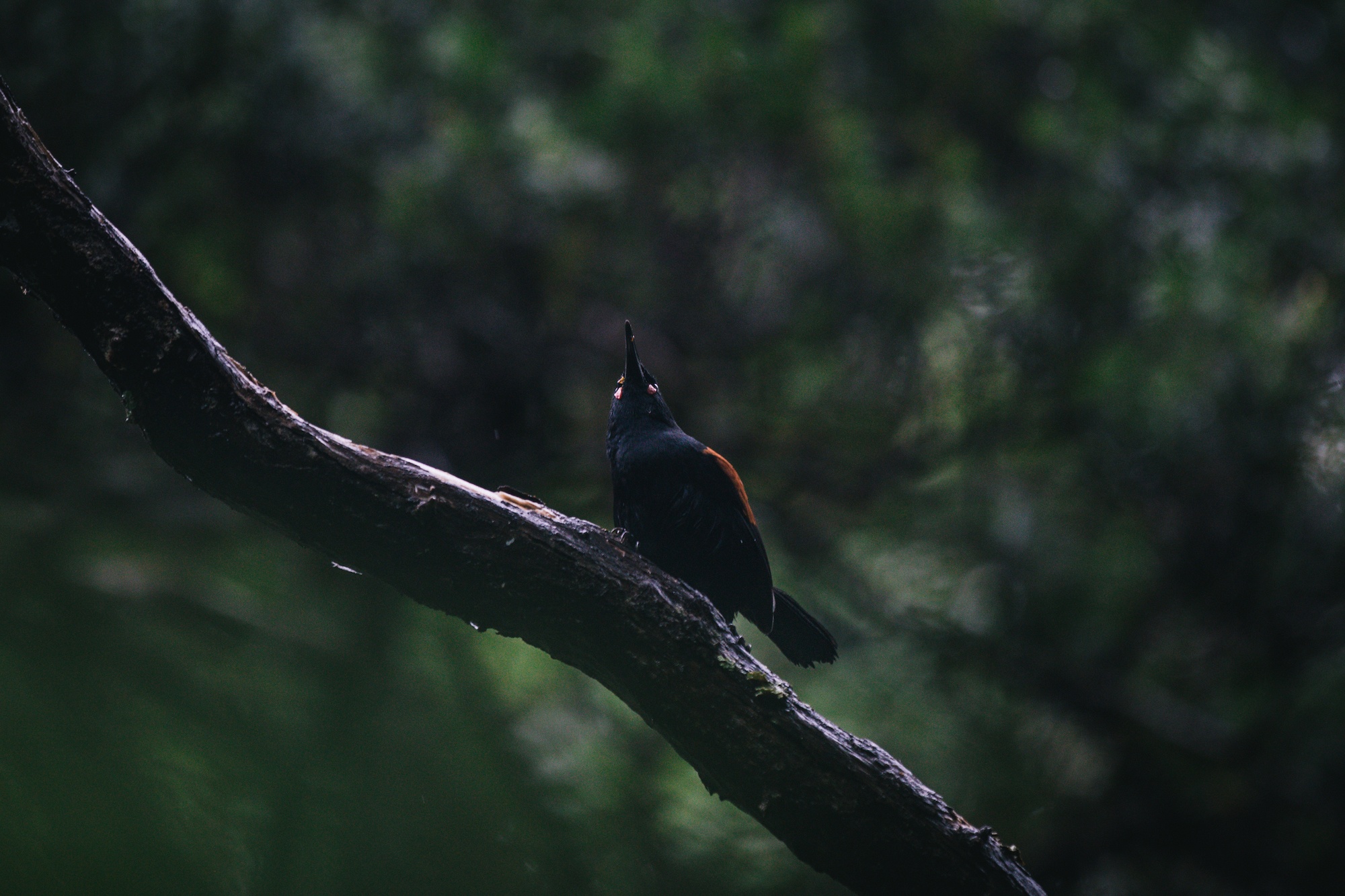
The post Ulva Island is a wildlife paradise appeared first on Young Adventuress.

